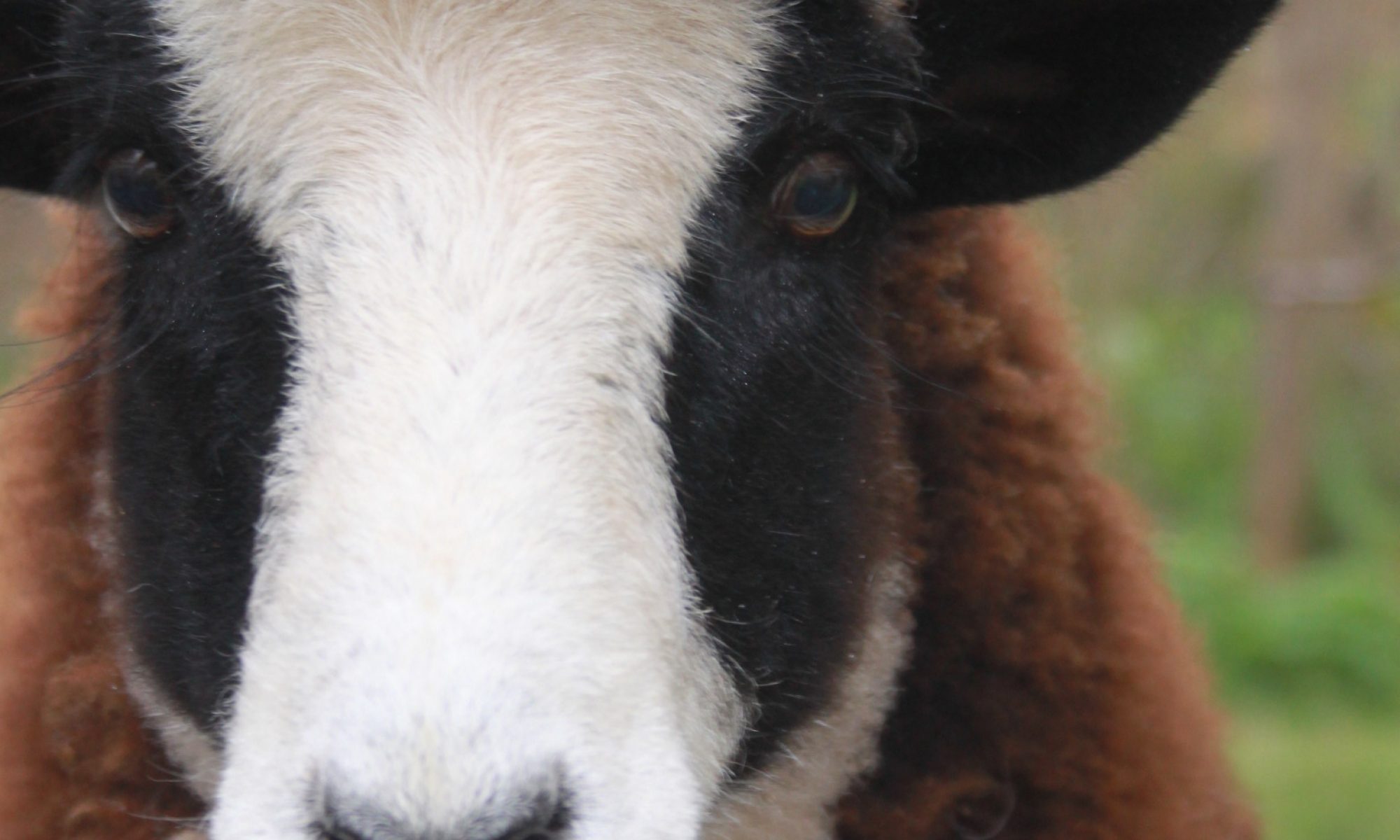The Ideal Soil: Handbook
Supposedly this book is the bees knees for soil…

Get your hands dirty
Something snipped my zinnias at 12″. Who does that?
You know what? I’m not sure it matters.
Having zinnias makes me happy, but having farms on the landscape makes me happier. I can lose my zinnias; I can’t lose my farm culture. If the system of small farms fail, we’ve lost our local culture. How can I help? Right now, I’m working on the financial piece because that seems like a leg in the stool. That’s what showed up first.
Recently, a local farmer tried a new financial model for gifting her farm while paying off the mortgage. So many people found their dreams taking root, yet the funds did not roll in. There’s a week left to apply (August 1 deadline). I wonder what the farmer will do. People are watching. I hoped this would start a trend, a new way to turn over the farm, a new farm transition model. It may have. The next one to try, the “first follower” might find it easy, and then a watershed may follow. But for Norma, who went first, it was all rock-moving, no tilling.
Hat’s off to her for hard work.
According to my latest guru, sea minerals are the best biostimulant for your garden. That is, sea water. Makes sense, since all our runoff (including nutrients) ends in the sea. 1 cup of sea water per square foot of soil is the annual suggestion. Many of you already know the benefits of using clean sea salt on your food. You can buy sea solids, or a concentrated liquid such as Sea Crop. This product is diluted significantly, so you only use teaspoons at a time.
There are over 80 trace minerals in the ocean. Compared to rock dust, sea water has significantly more minerals.
As for pollution in the ocean, yes, that is a valid concern. Pristine, deep ocean water and living microbes make the packaged product possibly higher quality than you can gather on your own from your local coast. But, I would support trying ocean water first if you can get some away from an impaired river mouth. Those chickens we have grazing will benefit, too.
Original research done by Maynard Murray: Sea Energy Agriculture. Additional research published by Dr Charles Water: Fertility from the Ocean Deep.
Sorry to tell you this, but if you didn’t come, you missed a great talk at a spectacular farm! Or maybe it’s the other way around: spectacular talk at a great farm. …
In the comfort of an air conditioned barn classroom at the Newlin’s Peaceful River Farm, ten farmers gathered to get an overview of the work ahead. In one hour, Tony Kleese summarized the entire structure and reason for a solid crop budgeting system that will keep your farm “in the green”. Tony’s course will be held at Breeze Farm in Orange County over three evenings. The course is $75 for nine hours of training. All evidence and testimony from today point to the incredible value this will add to your work over the years to come. Thank you Tony! For more about Tony, visit Earthwise Organics.
The dedication and depth of thought present in this group of small farmers left me in Silence. Quakers practice Silence, and the Newlins come from a long line of local Quakers. Peace is a core value of Quakerism; Lee shared when we arrived how she’d just been sitting on the porch this morning and was once again struck by the peacefulness of her farm, saying that the farm is well-named.
When Larry shared that the river otters play in the Haw at the bottom of their farm, everyone smiled. Such is the promise among us: to care for the land and leave it better for our having been part of the community of all beings sharing the space. Add to that the minor miracle we heard when someone asked Larry if that fence was in any way deer proof: “Oddly enough, the deer don’t tend to bother the garden.” Now that’s a blessed farm!
They blessed us with their gift of time, space to gather, a beautiful setting to inspire, and delicious mint-lime-apple cider vinegar iced drinks. Thank you Lee and Larry for such an enriching day.